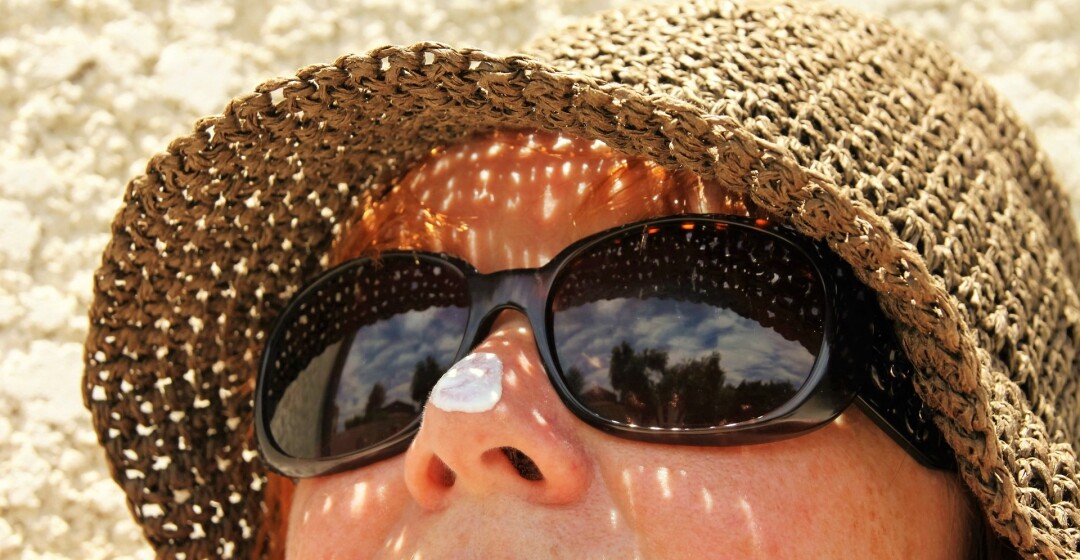Simple Steps to Protect Your Skin From the Summer Sun

While winter's beauty is lovely, Wisconsin really shines in the summer. Spending time outdoors creates family memories as you enjoy farmers markets or county fairs, spending time on the water, or just playing in your own backyard. However, it’s important to take steps to protect your family’s skin from sun damage and skin cancer.
What is skin cancer?
Skin cancer, which is the abnormal growth of skin cells, usually results from overexposure to the sun and harmful ultraviolet (UV) rays. Although skin that’s most exposed accounts for most cases, well-covered areas of the body, such as your palms or genital area, also can be affected. All skin pigmentations – dark and light – are subject to skin cancer.
Skin cancer is the most common cancer in America, according to the American Cancer Society. Each year, 5.4 million cases of basal and squamous cell skin cancers, and more than 76,000 cases of melanoma are diagnosed. Melanoma, the deadliest form of skin cancer, kills more than 10,000 Americans each year – nearly 75% of all skin cancer deaths.
What can you do to prevent skin cancer?
Leading medical experts, including those at Mayo Clinic, recommend these tips for preventing skin cancer:
• Avoid the sun between 10am and 4pm. These are the peak hours of sun strength in North America, even in the winter and on cloudy days. About 80% of life-long sun exposure occurs before the age of 18. Make sure your children are protected, as it is the most important time to prevent skin cancer.
• Wear sunscreen with a sun protection factor (SPF) of at least 30 throughout the entire year. Reapply sunscreen every two hours, or more frequently if you’re swimming or sweating. Use a generous amount of sunscreen on all exposed skin, including your lips, the tips of your ears, and the backs of your hands and neck.
• Wear protective clothing. Hats with wide brims and clothing that covers your arms and legs are helpful. Sunscreen doesn’t block all UV rays. These rays cause skin cancer. Don’t forget sunglasses. Look for sunglasses that block both types of UV radiation: UVA and UVB rays.
• Avoid tanning beds. Tanning beds operate with UV lights, damaging your skin and potentially leading to cancer.
• Check your skin. Examine your skin often for new skin growths, or changes in existing moles, freckles, bumps, and birthmarks. If you notice differences, talk with your health care team.
What type of sunscreen should you use?
Consider the pros and cons for different applications, including:
• Physical blockers: These sunscreens contain mineral ingredients to deflect UV rays away from your skin. Look for a sunscreen with 6-10% zinc oxide for the broadest UVA and UVB ray protection.
• Creams: If you have dry skin, you might prefer a cream, especially for your face.
• Lotions: Lotions often are preferred for application on large areas. Lotions tend to be thinner and less greasy than creams.
• Gels: Gels work best in hairy areas, such as the scalp or chest.
• Sticks: Sticks are useful when applying sunscreen around the eyes.
• Sprays: Sprays are easy to apply on children. Because it’s difficult to know how well you’re applying it, spray a generous and even coating. To prevent inhaling the product, don’t spray near the face or mouth. Check the wind direction before spraying. This sunscreen is the least recommended as it is difficult to know how much has been applied to the skin.
Who’s most at risk for skin cancer?
Anyone can get skin cancer, but those at a higher risk include people who have a heavy exposure to UV rays, lighter skin, family history of skin cancer, prevalent moles, numerous severe sunburns in the past, a weakened immune system, or those who live in sunny or high-altitude climates.
Contact your health care team if you have concerns about skin abnormalities. Skin cancer is treatable when caught in its early stages. Have fun as the warm days roll in, but always keep skin cancer prevention in mind.




















